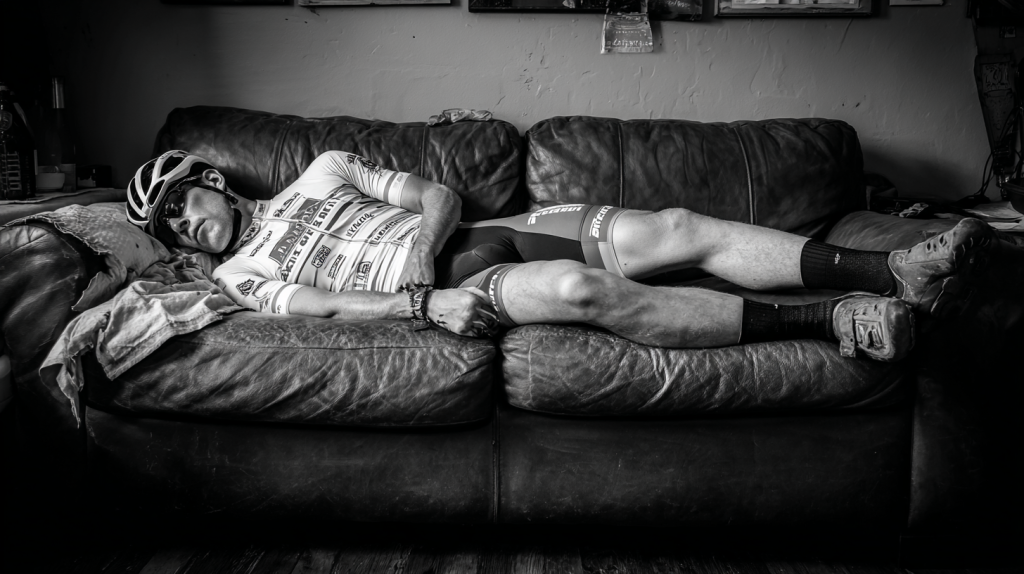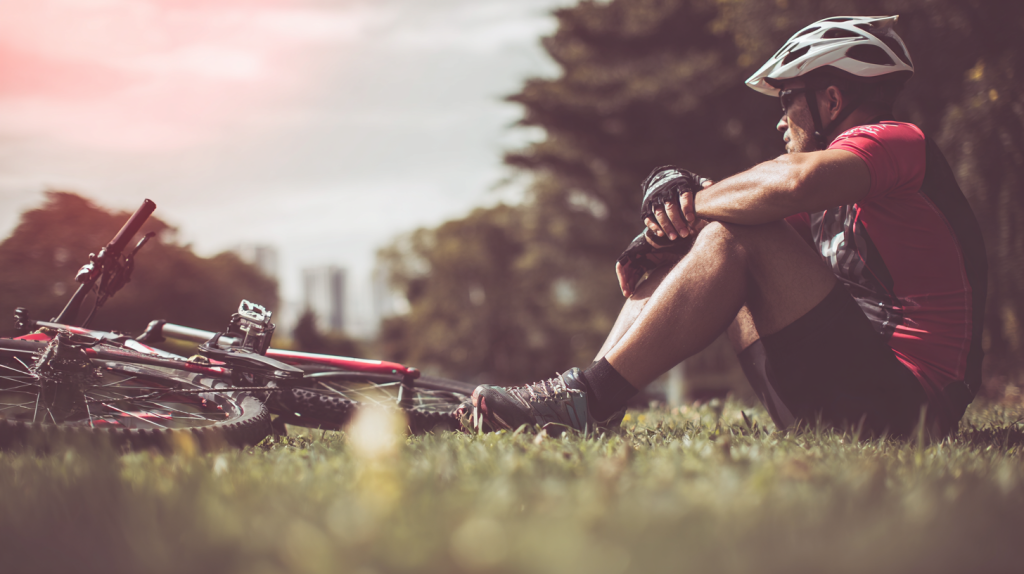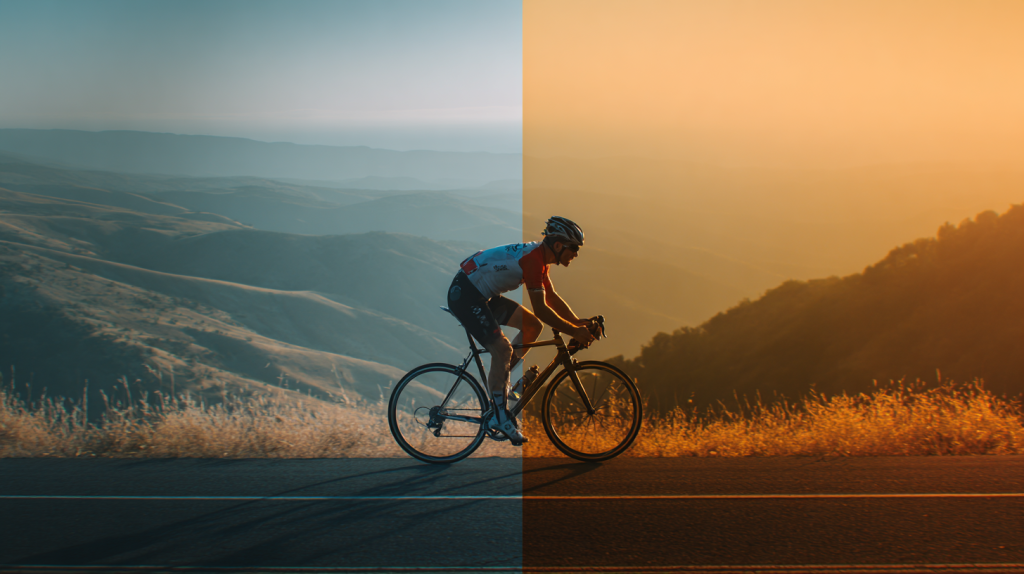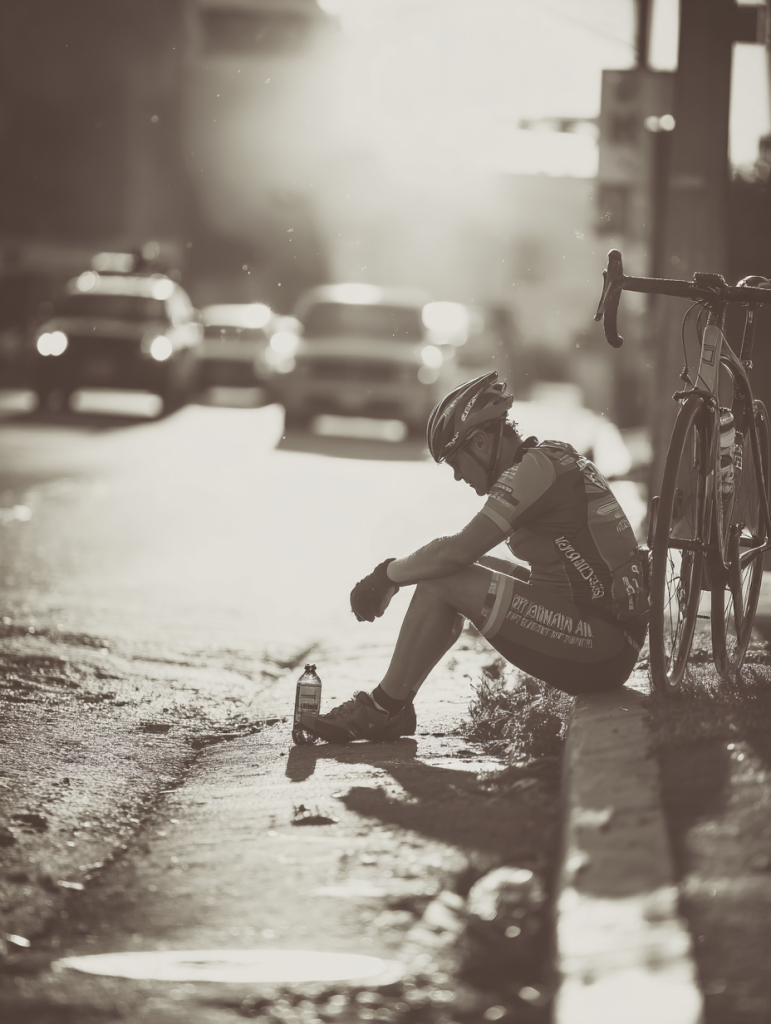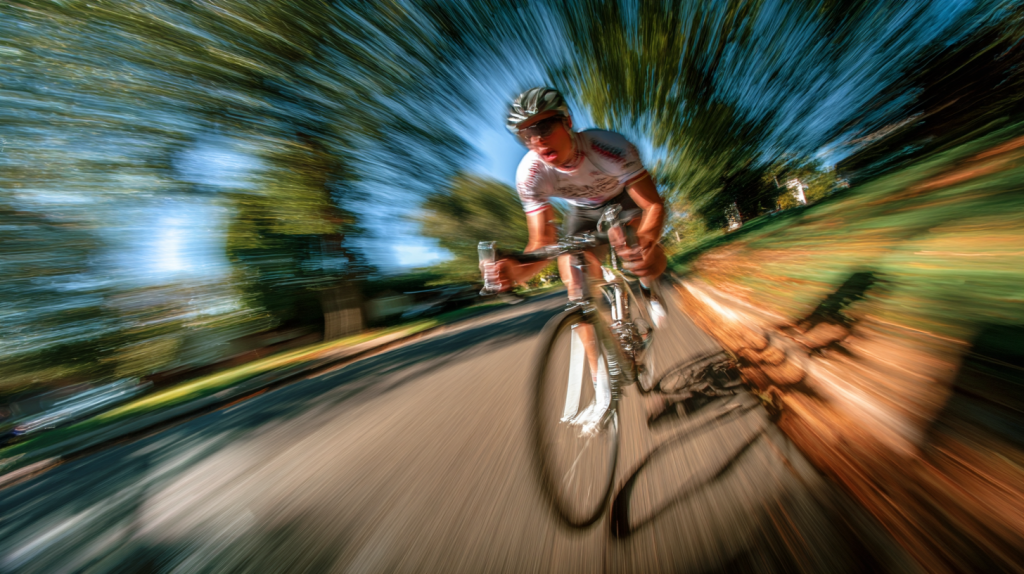The Secret Language of Hand Signals in Cycling
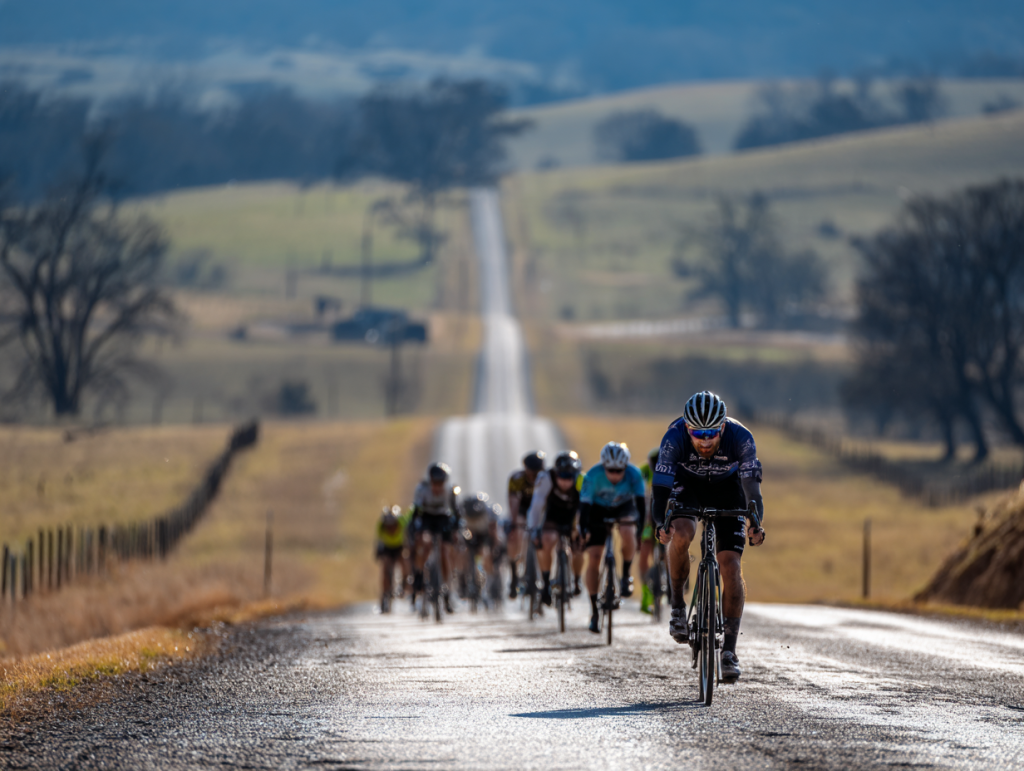
To the untrained eye, a group ride can look like choreographed chaos. Wheels humming inches apart, riders gliding as one, and every so often… a subtle flick of the elbow, a quick point at the ground, a wave behind the back.
It might look like random dance moves, but this quiet language is what keeps group rides flowing — and safe.
Why Hand Signals Matter
When you’re riding in a tight pack, there’s no time to yell full sentences over the wind and tires. Signals are faster, clearer, and universal.
They’re how the first rider in line warns the last about broken glass. How a paceline rotates seamlessly without a word. How strangers can ride like teammates within minutes.
Think of it as group-ride sign language. Once you learn it, you’re part of the tribe.
Core Signals Every Cyclist Should Know
Here are the essential signals that every rider should master:
- Elbow flick (outward) – “My pull is done, next rider go.” Usually done while still pedaling on the front.
- Point down at the road – “Hazard ahead.” This could be potholes, glass, rocks, or even a dead iguana (yes, it happens).
- Hand flat, palm down, patting motion – “Slow down, easing pace.” Helps prevent pile-ups when the group suddenly brakes.
- Hand behind the back, sweeping to one side – “Move over to avoid obstacle (like parked car or pedestrian).”
- Finger wag or wave behind – “Thanks.” Used after cars wait patiently or another rider gives space.
There are dozens more, but these are the ones that keep everyone safe and upright.
How to Learn the Flow
You don’t need to memorize everything at once. Instead:
- Watch experienced riders closely and copy what they do.
- Stay mid-pack on your first few group rides to see the chain of signals in action.
- Pass signals back — if someone points out a hazard, repeat the gesture so it reaches the riders behind you.
This ripple effect is what makes group riding work: one signal up front becomes a wave of safety through the entire bunch.
Culture, Not Just Safety
Here’s the beautiful thing: this language isn’t just functional, it’s cultural.
It’s part of what makes cycling feel like a shared craft.
You can join a group ride in another country, not speak a word of the language, and still communicate perfectly on the bike. Because the signals are universal.
It’s the closest thing we have to telepathy on two wheels.
Learning the secret language of hand signals isn’t optional — it’s how you earn trust in the bunch.
And once you’re fluent, you stop thinking about it. You just ride, flow, and move as one.
👉 Tag a friend who needs to learn these before their first group ride.
💬 What’s the most unusual hand signal you’ve seen out there? Comment below.

